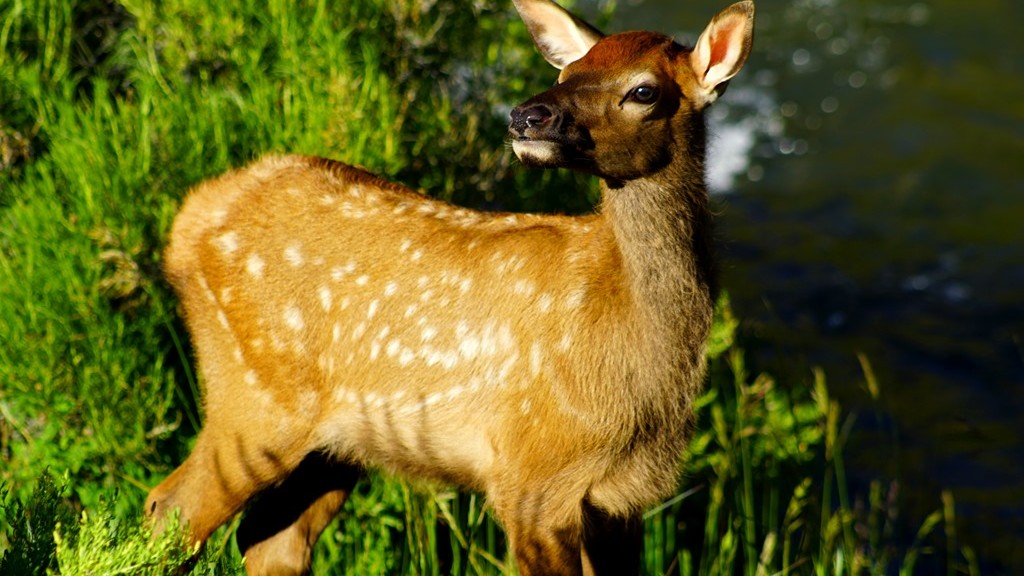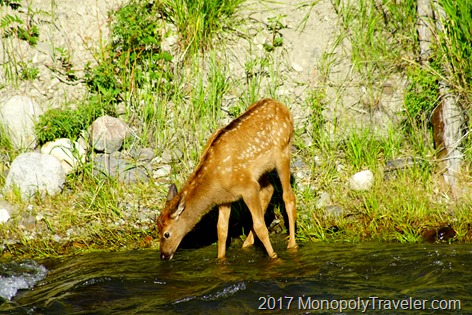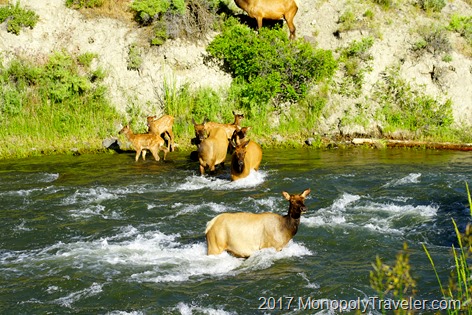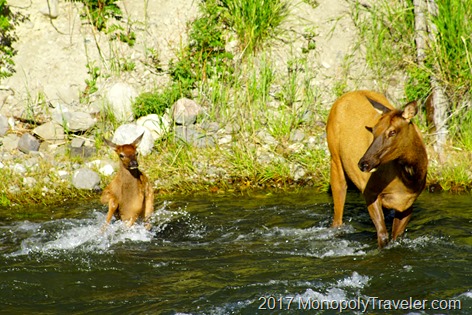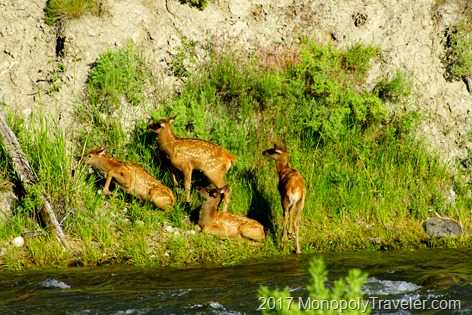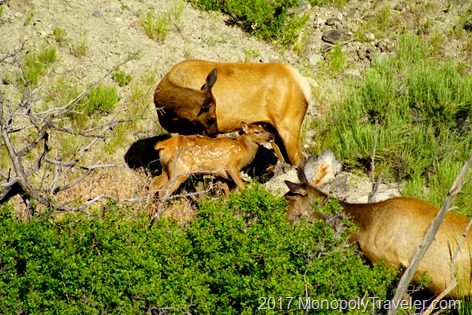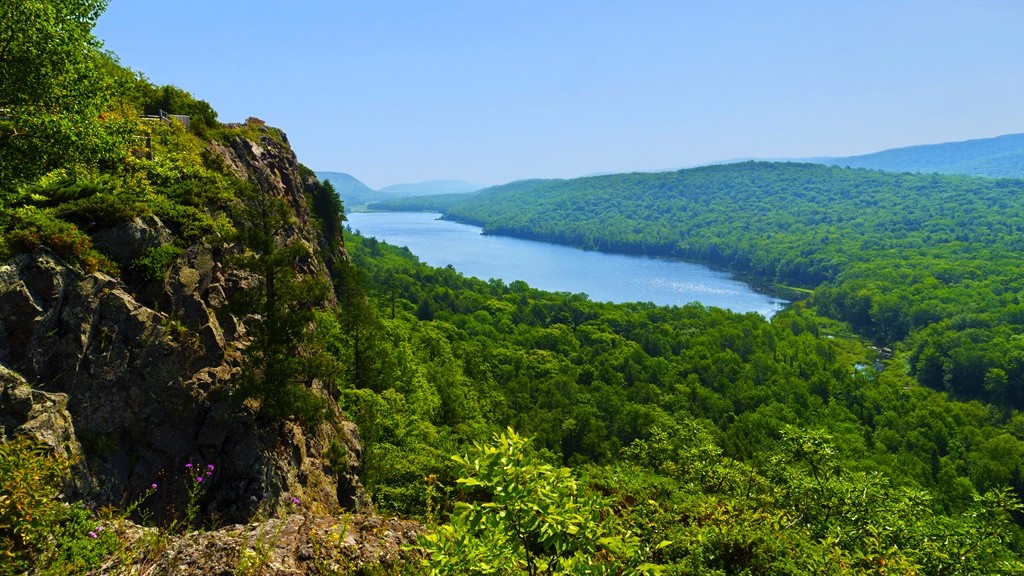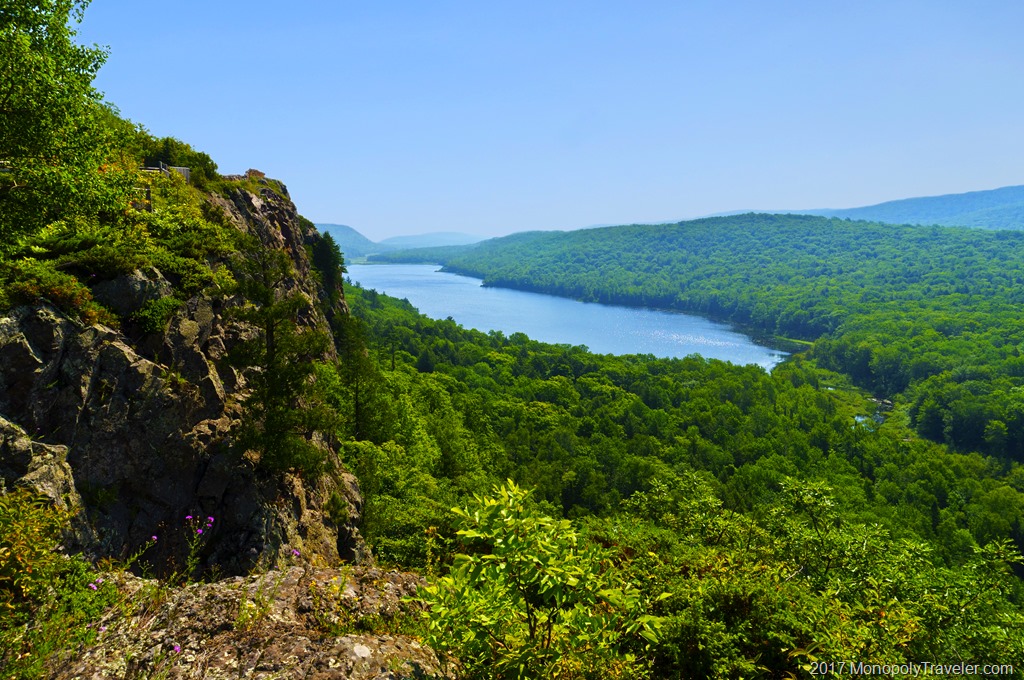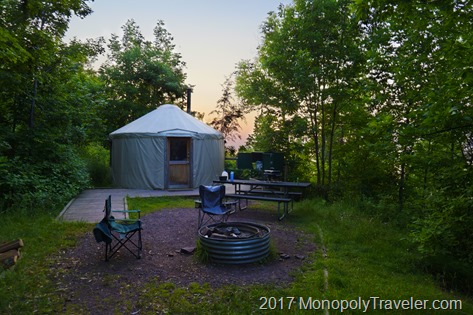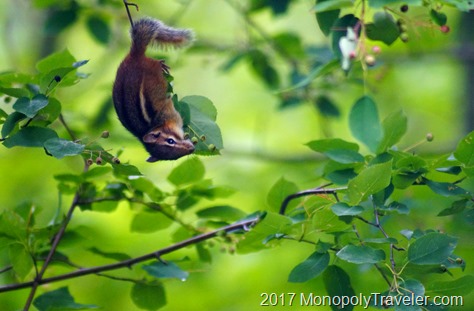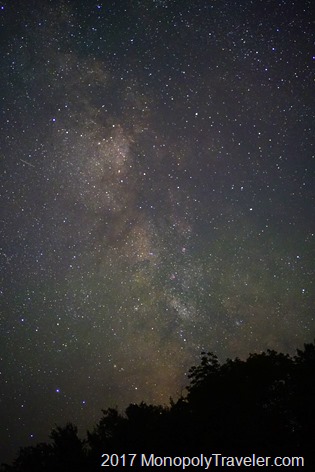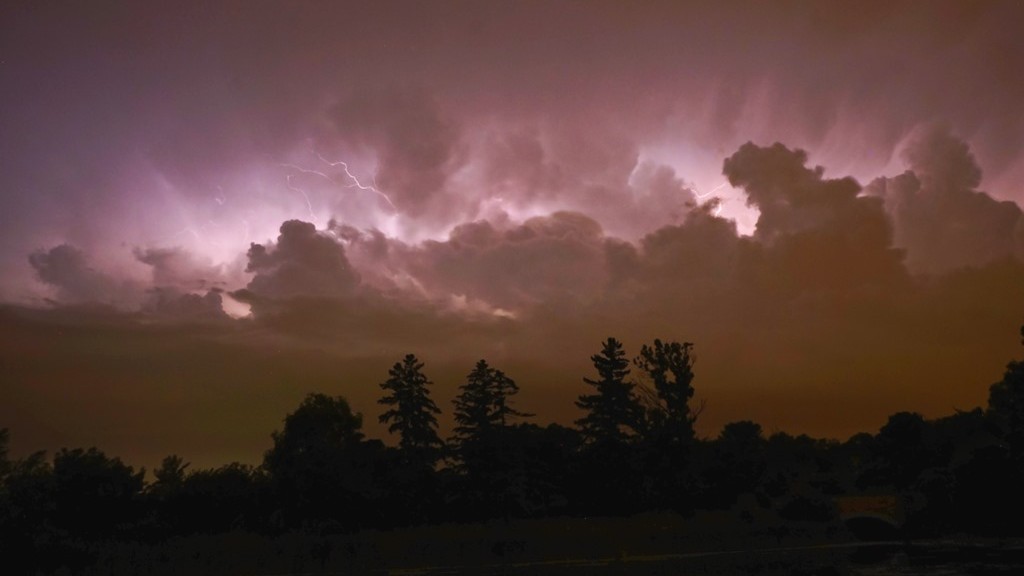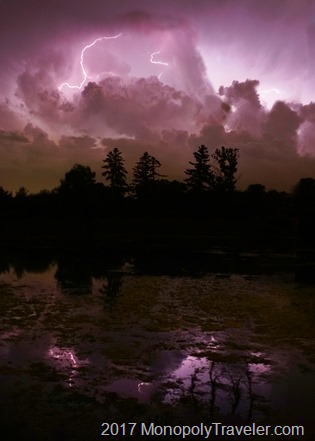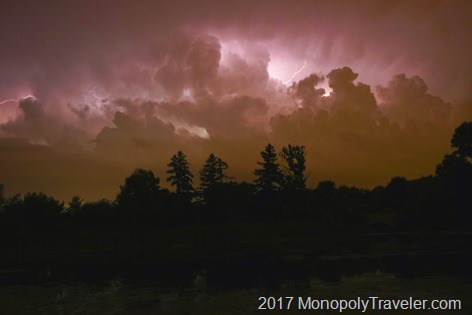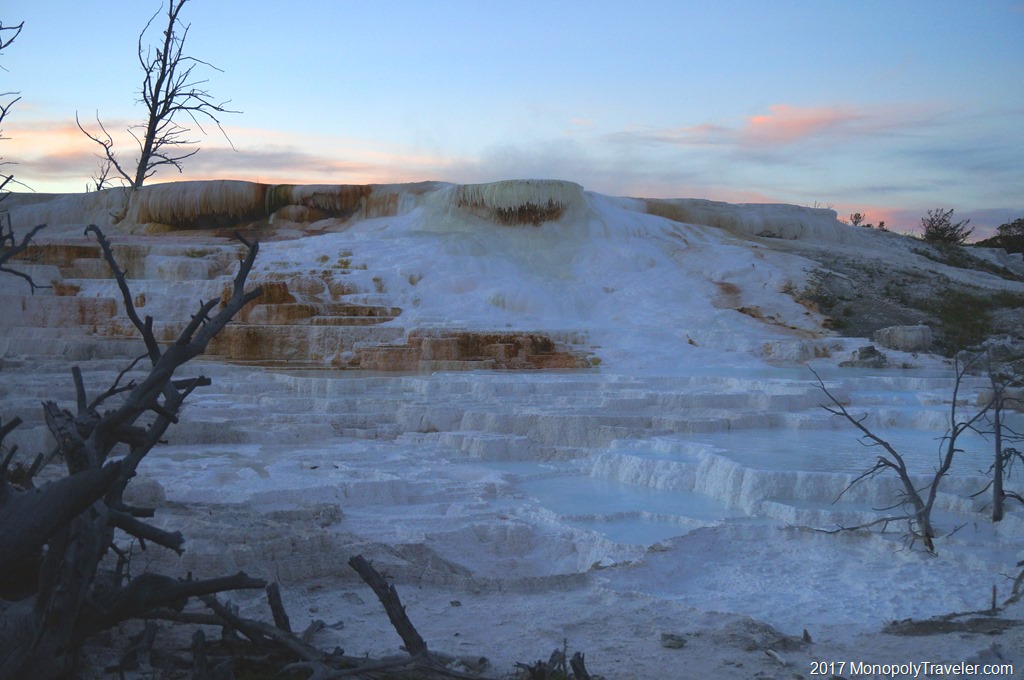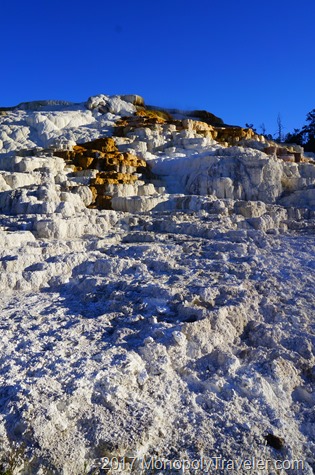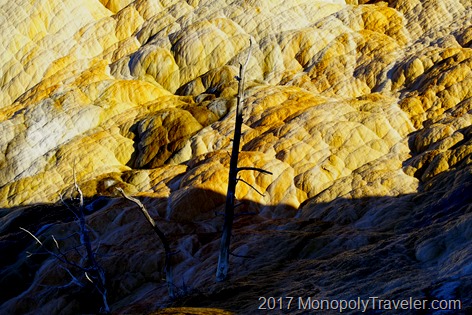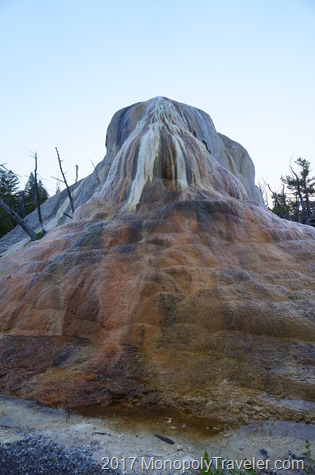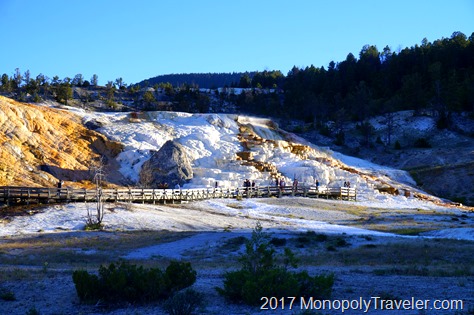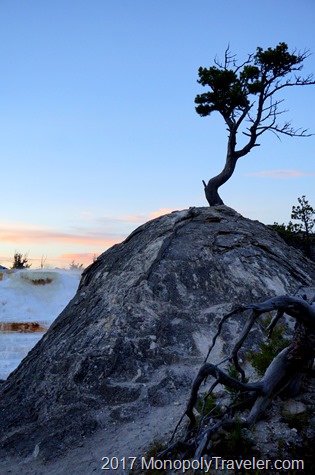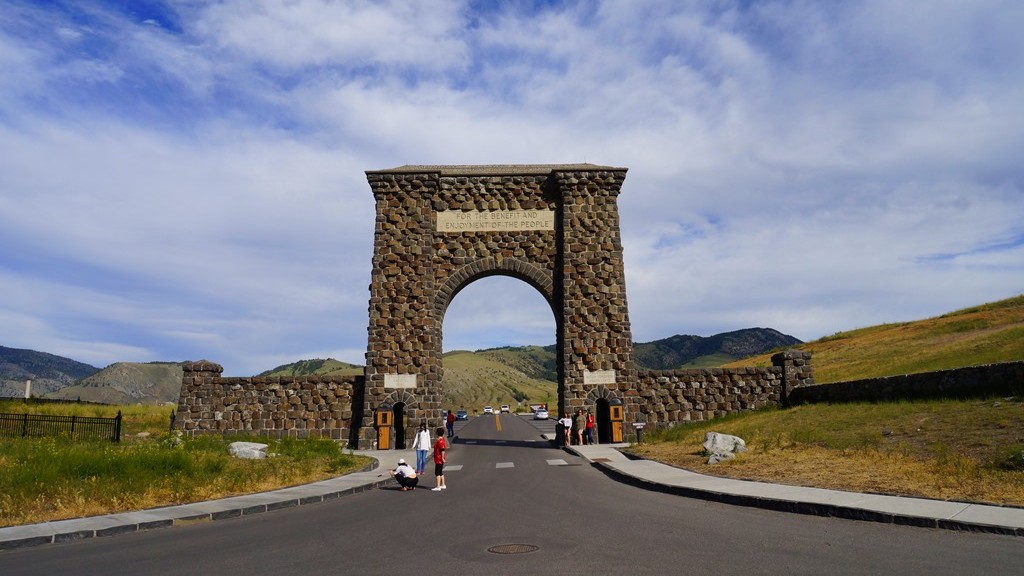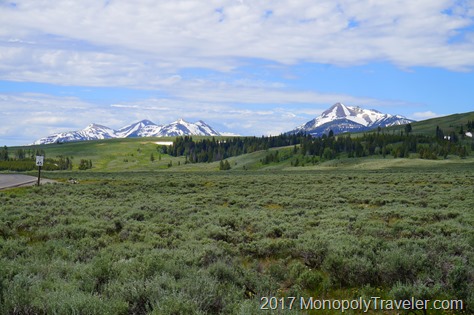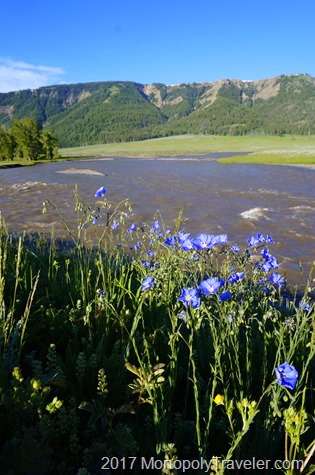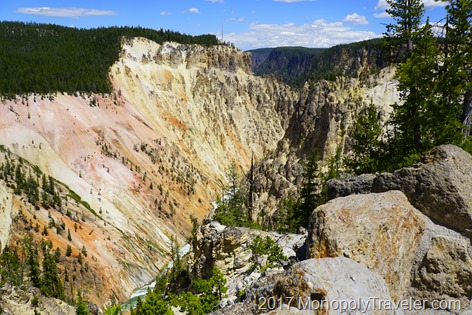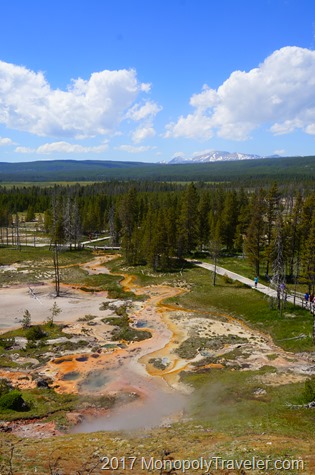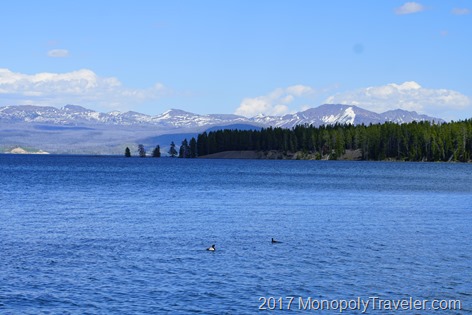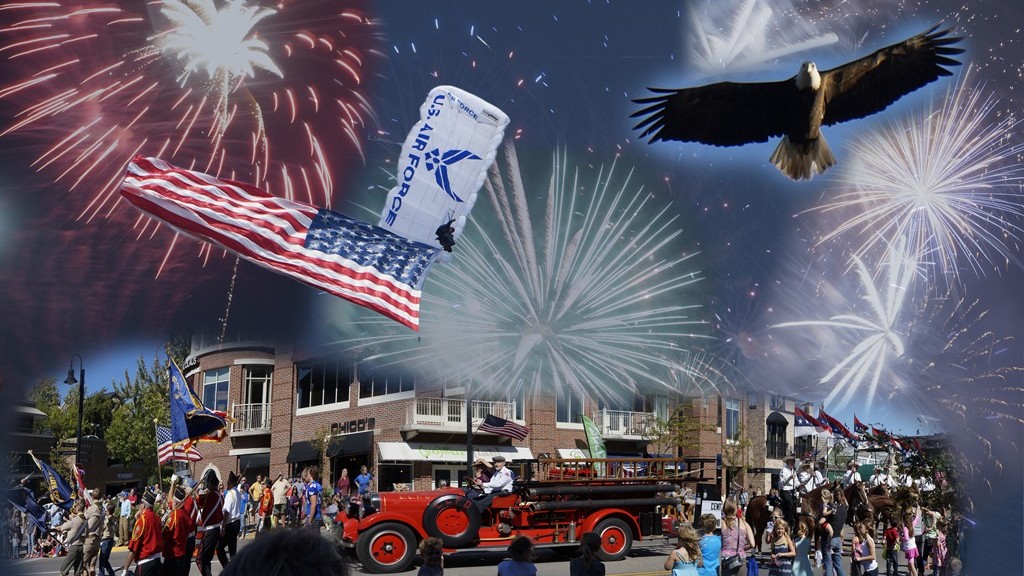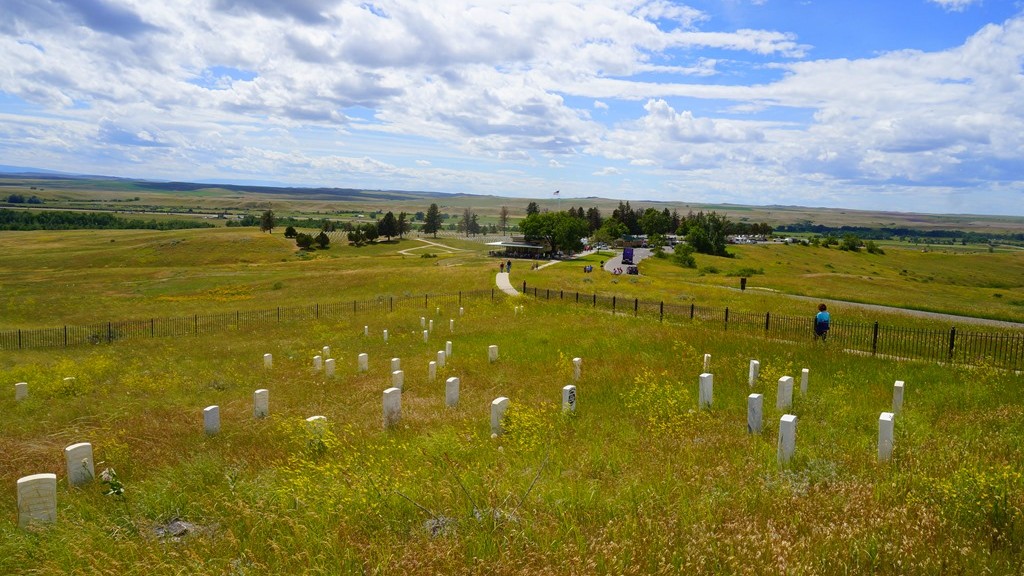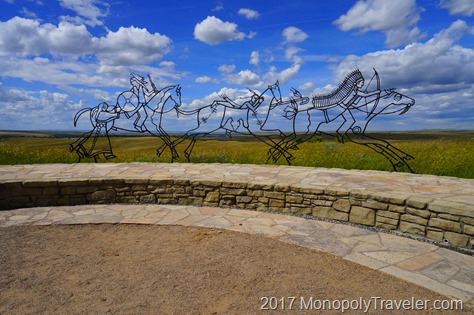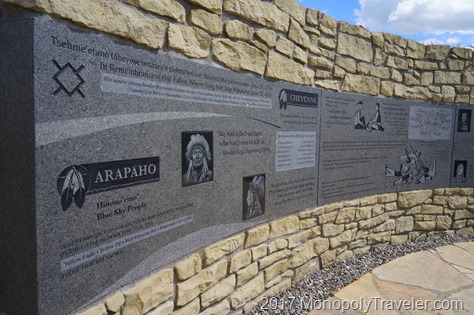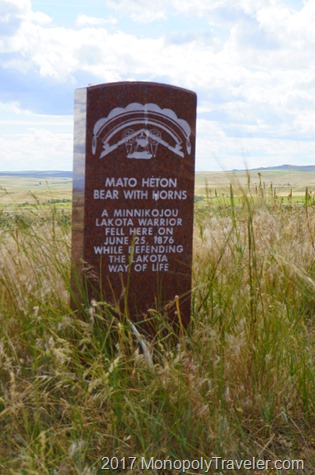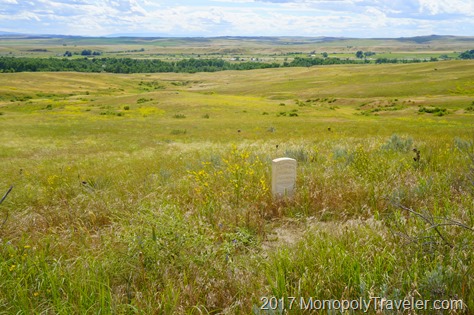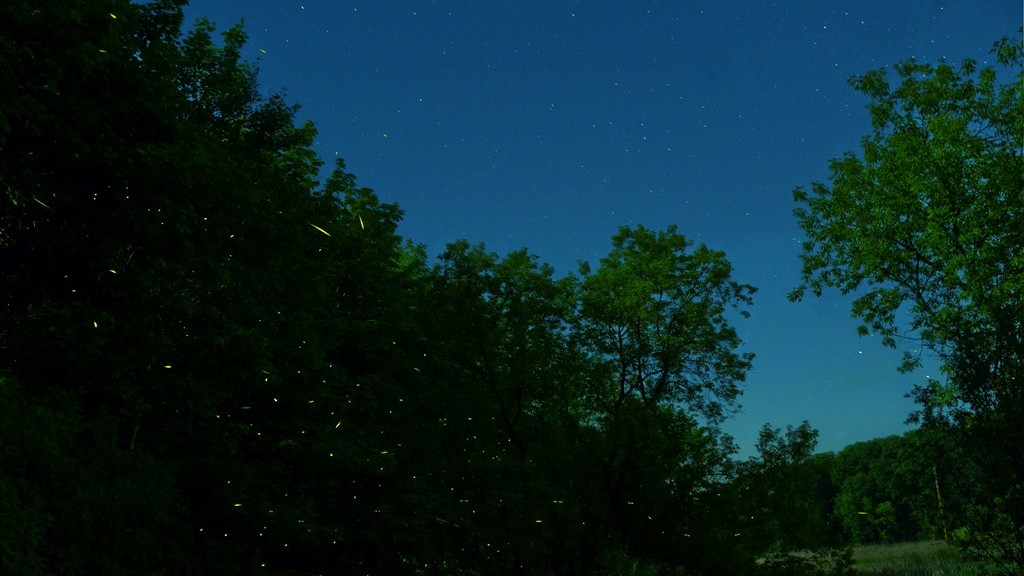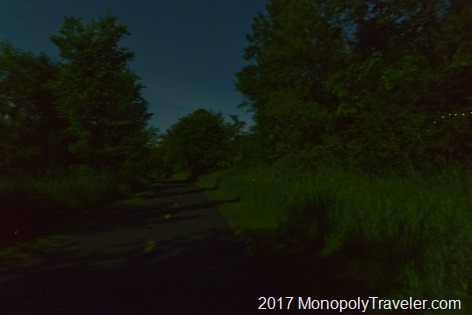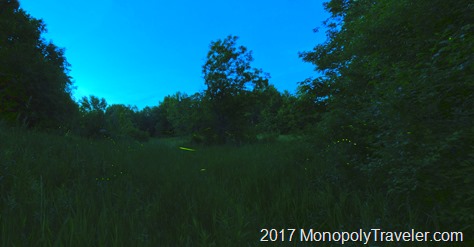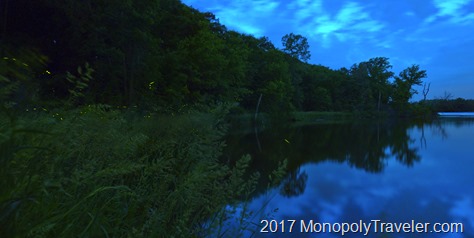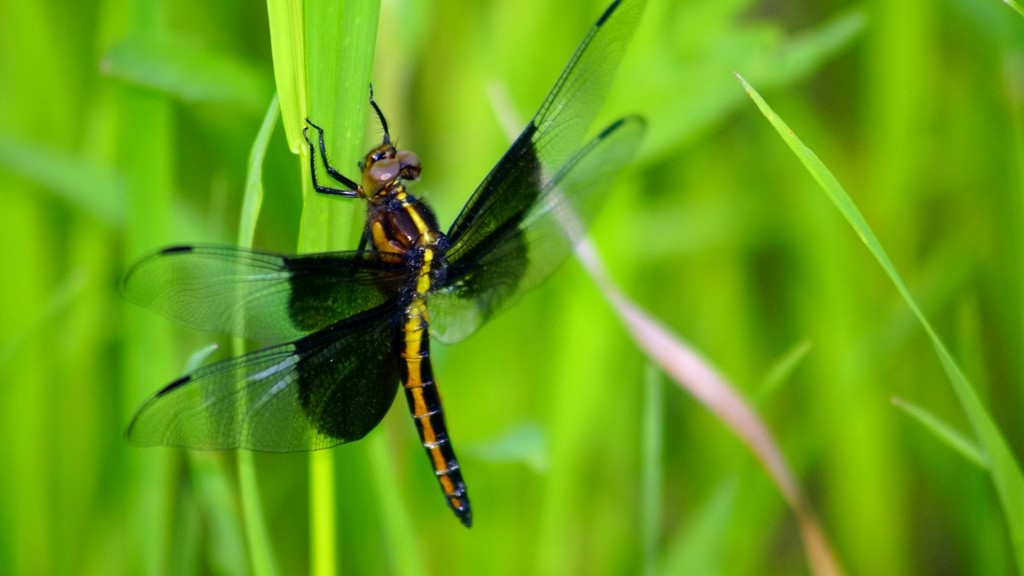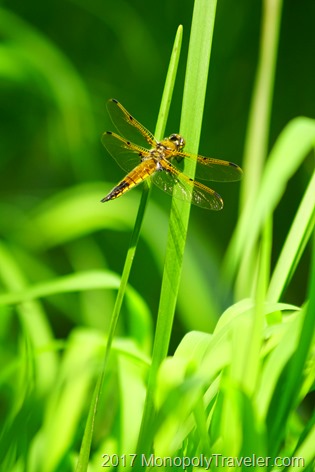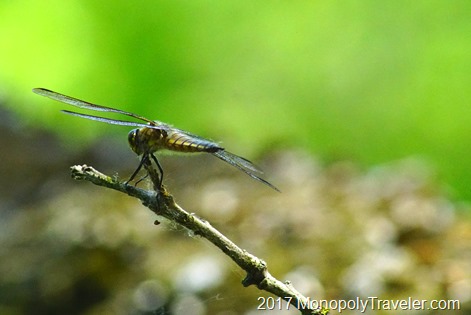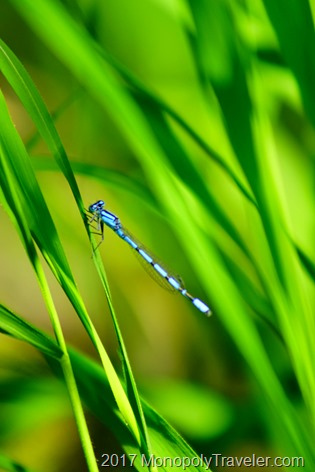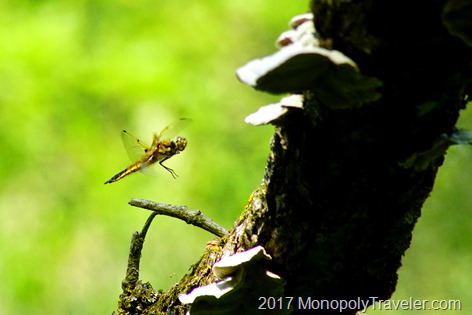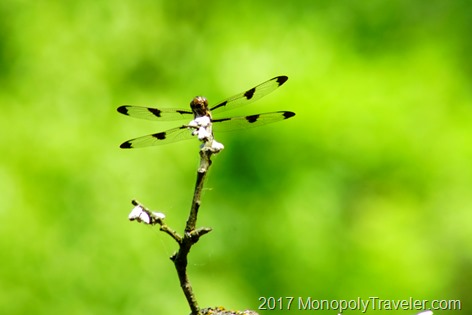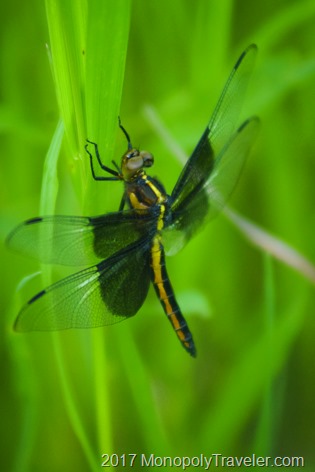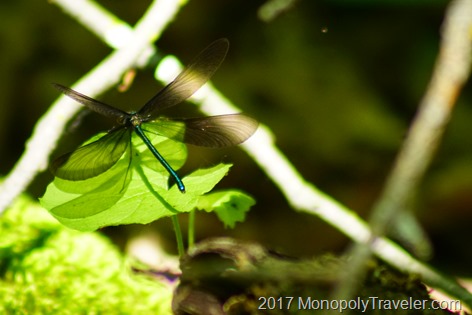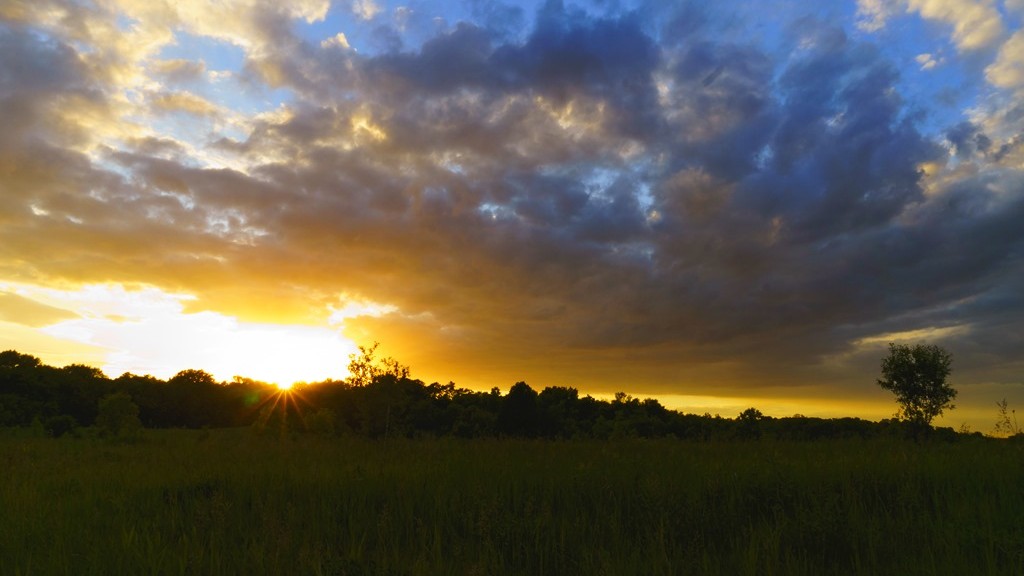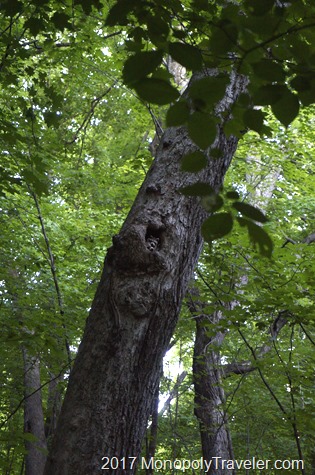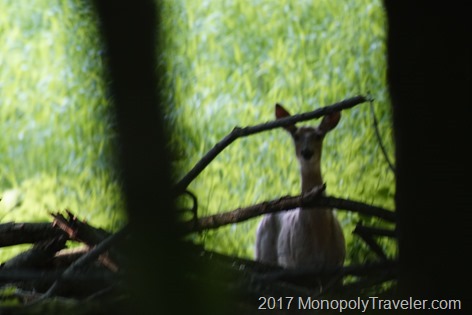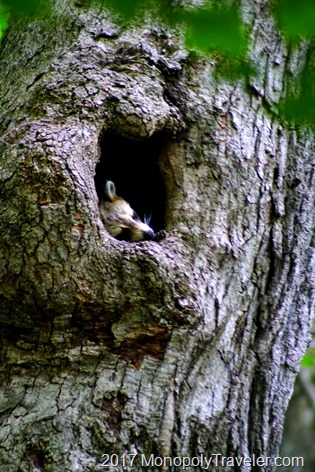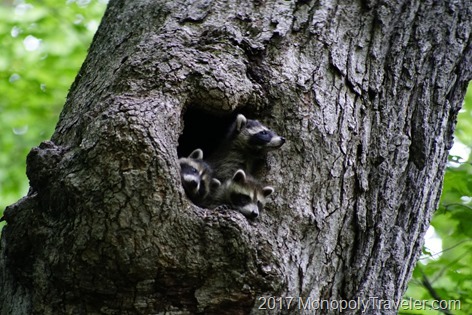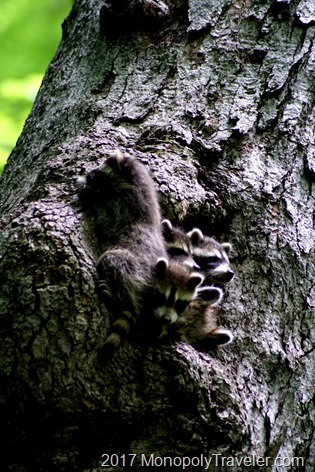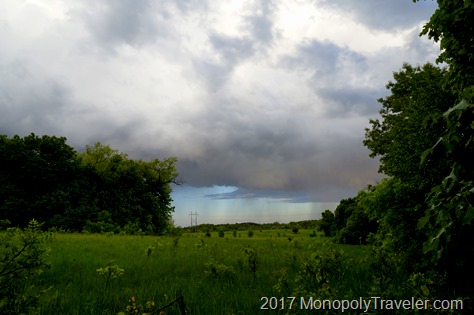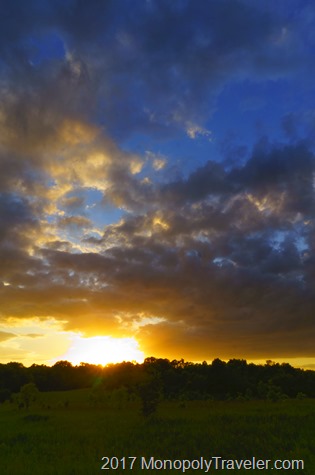On our first trip into Yellowstone National Park, we were less than five miles from the North Entrance when the first encounter with wildlife began. I call these our park greeters welcoming us to Yellowstone. For me it is a truly great way to start a national park adventure and a good sign of what is to come. While driving a short distance I happened to glance to my left and caught a glimpse of a fawn through trees and brush. Fortunately this occurred near a pull off designed to allow people to stop along side the road to take in the sights of that area so I quickly decided to turn in and see if I could spot that fawn again.
Within a minute or two the Elk fawn and its mother appeared coming closer to us. And then there was another fawn in sight. Within a few minutes five Elk fawns and their mothers were grazing within sight and coming closer. By this time the pull off was full of other people all trying to photograph these animals as is typical in Yellowstone. Fortunately this occurred just after 6pm and many people had already left the park allowing for better traffic flow. Not that I really noticed the traffic because these Elk and their fawns were so much fun to watch.
Eventually the mothers all decided they wanted to cross the Gardner River coming closer towards all of us set up to capture this event. They slowly coaxed the fawns to wade through this rushing water towards greener pastures. Because of larger amounts of snow this past winter, the river was flowing faster than normal from more melting snow making it increasingly difficult to ford.
After a few attempts the fawns decided this was a bad idea with conditions too dangerous for them to safely make it across. They found a spot on the river bank and stood their ground. I wonder if having an audience for this helped deter them from trying to make it through this swiftly moving water? As I looked over this pull off full of cars carrying many people with large cameras all looking for a photograph of these Elk fawns crossing a river for the first time, I could see some disappointment as the realizations they were not going to cross the river. Understandable as how often do you get on opportunity to witness such an event right in front of you?
The next twenty minutes or so these fawns would call over to their mothers with these mothers responding attempting to convince the other to get on the other side of the river. After several attempts the mothers all crossed back over the Gardner River to be reunited with their fawns. Several days later we drove by these same Elk and saw that the fawns had successfully crossed the swift river in a different location.

